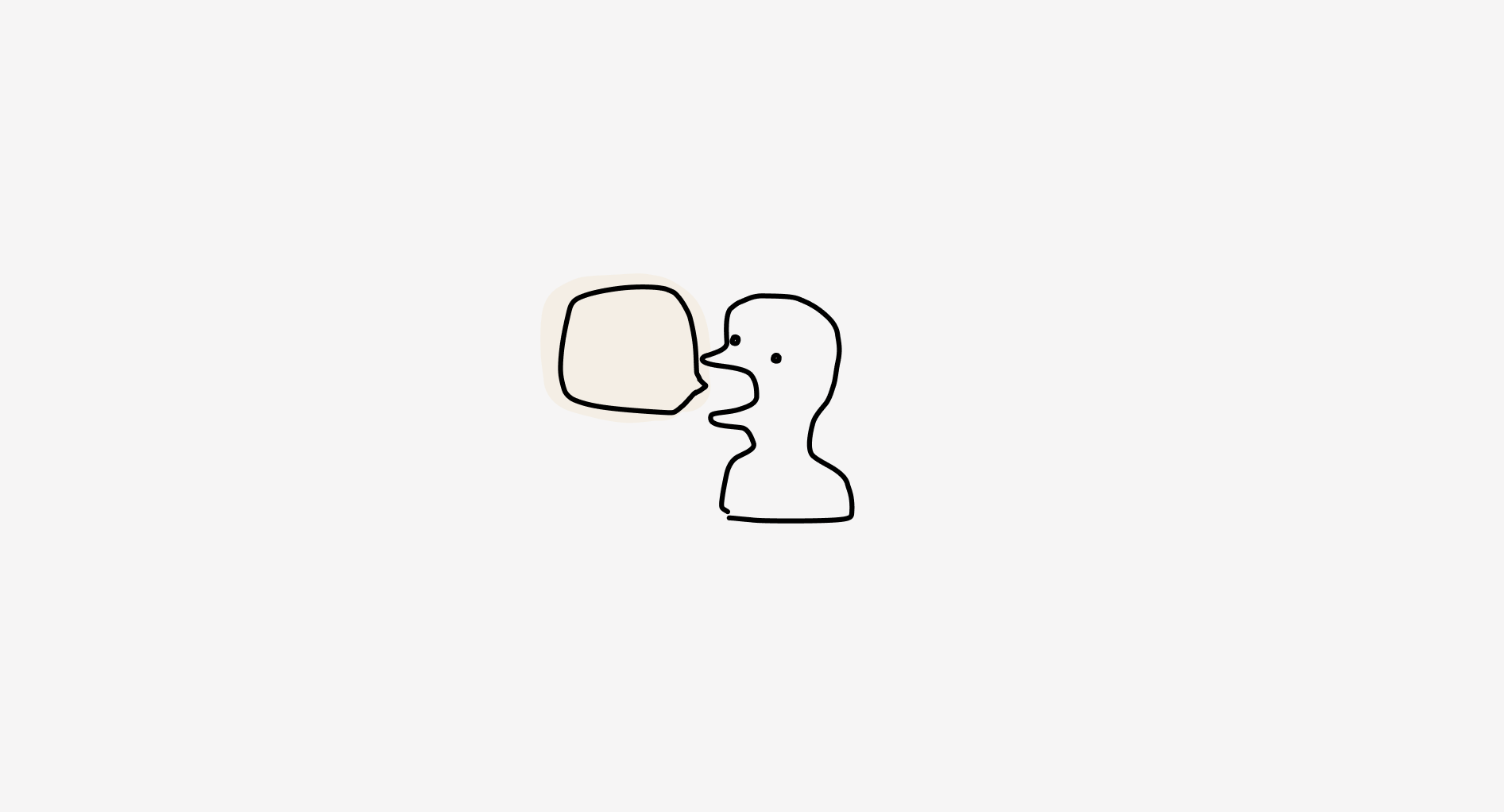Designer developers in 2025

Designers who can’t code are getting left behind. I’ve been leveraging generative tools to rapidly prototype and ship finished components—cutting my implementation time in half while maintaining complete creative control.
The Shift Is Already Here
Look at the job market. “Product Designer” postings increasingly list “HTML/CSS/JS proficiency” as requirements, not nice-to-haves. Companies like Linear, Vercel, and Railway are building entire teams of designer-developers who own features from concept to deployment.
Why? Because handoffs are expensive. Every translation between design and development is an opportunity for misunderstanding, delay, and compromise. When one person can carry an idea from sketch to production, magic happens.
Why Code Makes You a Better Designer
Understanding how your designs translate to code makes you a better designer. Period. You:
- Spot technical constraints earlier (saving weeks of wasted exploration)
- Design with performance in mind (60fps animations vs. slideshow jank)
- Make smarter interaction decisions (knowing what’s easy vs. what’s painful)
- Speak the language developers respect (earning credibility and influence)
But here’s the real secret: coding knowledge makes you more creative, not less. When you know what’s possible, you stop self-censoring ideas.
The Modern Designer-Developer Stack
You don’t need to become a full-stack engineer. Focus on high-leverage technologies:
Essential Foundation
- HTML/CSS: Non-negotiable. Master flexbox, grid, and custom properties
- JavaScript fundamentals: DOM manipulation, event handling, basic state
- Version control: Git basics, enough to not break things
Power Multipliers
- React/Vue components: Building reusable UI pieces
- Tailwind/CSS-in-JS: Rapid styling without context switching
- Framer/Webflow: Visual development that generates clean code
- AI pair programming: GitHub Copilot, Cursor, Claude
Next Level
- TypeScript: Catch errors before they happen
- Component libraries: Radix, Arco, Headless UI
- Animation libraries: Framer Motion, GSAP, Lottie
- Build tools: Vite, Next.js basics
The 2025 Workflow
Here’s how designer-developers actually work:
- Sketch ideas (paper, iPad, whatever)
- Jump straight to code (skip high-fidelity mockups)
- Iterate in the browser (real constraints, real feedback)
- Use AI for boilerplate (focus on the creative parts)
- Ship to production (or hand off production-ready components)
Example: I recently designed a complex data visualization. Instead of mocking 20 states in Figma, I built it in React with real data. Took the same time, but the output was shippable code, not a pretty picture.
Learning Path for Designers
Month 1-2: Foundation
- HTML/CSS on MDN Web Docs
- JavaScript on javascript.info
- Build 5 small projects (landing pages, components)
Month 3-4: Frameworks
- React (official tutorial)
- Tailwind CSS
- Deploy something real on Vercel
Month 5-6: Integration
- Connect design tools to code (Figma to Code plugins)
- Contribute to your team’s component library
- Pair with developers on real features
Ongoing: Mastery
- Learn from developer YouTubers (Theo, Josh Comeau)
- Contribute to open source
- Build and maintain your own projects
Common Concerns (Addressed)
“I’m not good at math/logic”
Modern web development is 90% pattern matching and 10% problem-solving. If you can design systematically, you can code.
“It will make me worse at visual design”
The opposite. Constraints breed creativity. Plus, you’ll finally understand why developers “can’t just make it pixel-perfect.”
“AI will replace developer jobs”
AI amplifies both designers and developers. Designer-developers who use AI are unstoppable. Those who don’t are replaceable.
“I don’t have time”
You don’t have time NOT to. Every hour learning code saves ten hours of back-and-forth with developers.
Success Stories
- Sarah Drasner: Designer turned VP of Developer Experience at Netlify
- Josh Comeau: Designer-developer whose courses teach thousands
- Adam Wathan: Designer who created Tailwind CSS
- Paco Coursey: Designer-developer shaping the future at Linear
These aren’t exceptions. They’re the new normal.
The Bottom Line
The most valuable designers in 2025 aren’t just creating static mockups—they’re building functional prototypes that demonstrate real behavior and can evolve into production code.
This isn’t about becoming a “full-stack developer.” It’s about owning your ideas from conception to implementation. It’s about speaking the language of the medium you’re designing for.
Key Takeaways
Handoffs are friction—Every translation between design and code loses fidelity. Eliminate the telephone game.
Code is a design tool—The browser is the most honest design canvas. Use it.
AI accelerates everything—Designer-developers with AI assistants are building at unprecedented speed.
Stop outsourcing your technical understanding. The future belongs to designers who can bring their own ideas to life.